Present-Centered Therapy (PCT)
Present-Centered Therapy (PCT) is an individual or group therapy for PTSD in which you will discuss current life problems that may be related to PTSD. You will not discuss the trauma itself.
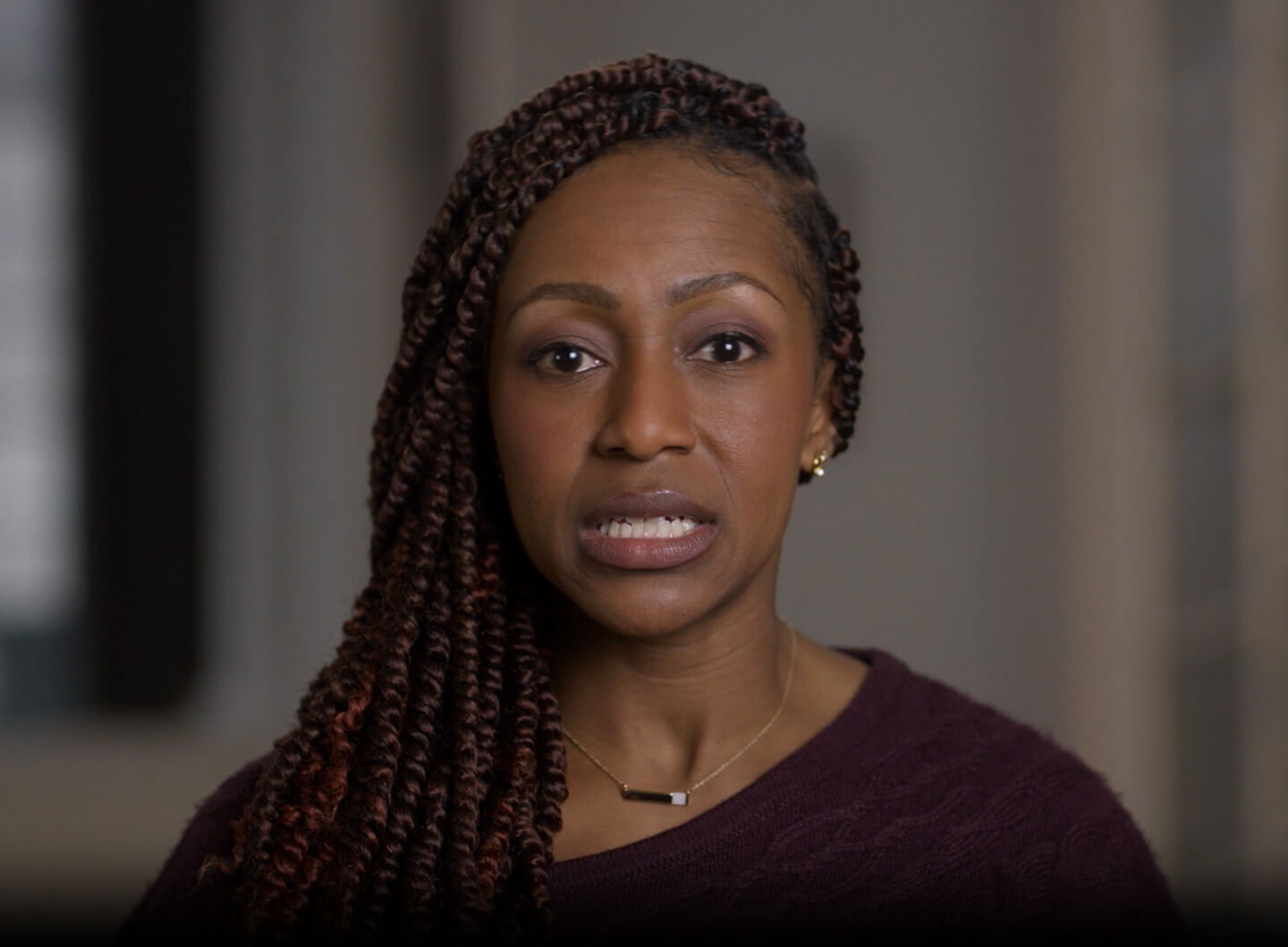
What type of treatment is this?
Dr. Princess Ackland
0:39
How does it work?
PTSD symptoms can affect how you feel about and react to relationships and problems in your daily life.

Present-Centered Therapy (PCT): How does it work?
What can I expect?
In PCT, you will start by learning about PTSD symptoms and common reactions to trauma.
Then you will learn problem-solving skills that help you to feel more in control and to have more confidence in your ability to face problems in your daily life, including in your relationships.
PCT has homework: You will be asked to use a daily log to keep track of issues or problems that concern you between sessions.
Over time, you will be able to identify problems that come up in daily life and learn to respond to them in ways that create hope and draw upon your strengths.

Present-Centered Therapy (PCT): What can I expect?
Present-Centered Therapy (PCT) Treatment Overview
Open this PDF for download and printing
Is it effective?
Yes, PCT is one of the most effective types of treatment for PTSD.
27 out of 100 people who receive Present-Centered Therapy (PCT) will have meaningful symptom improvement after about three months. *
For every 100 people with PTSD who do not receive treatment, 8 will have meaningful symptom improvement after about three months. will have meaningful symptom improvement after about three months. **
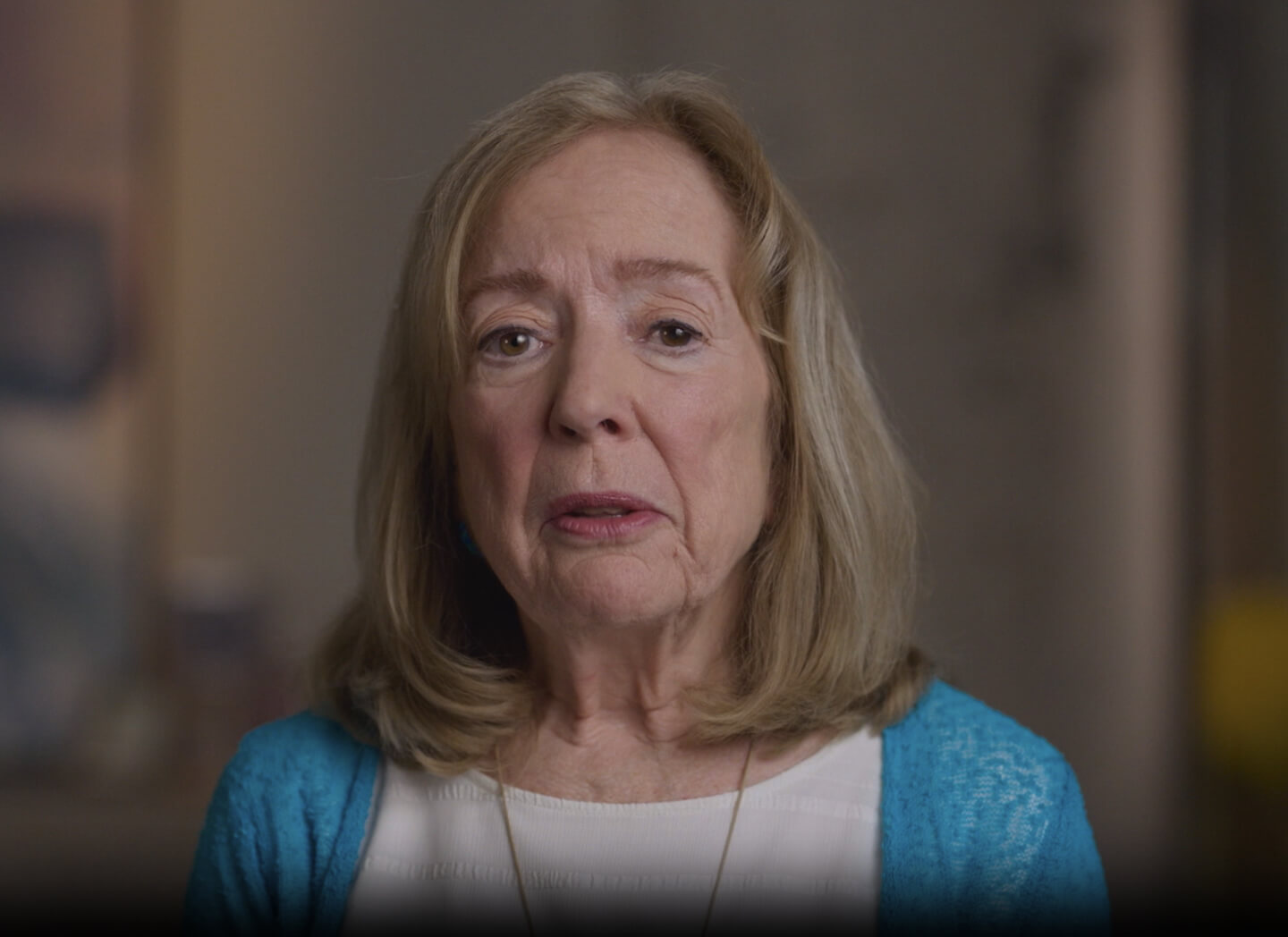
Present-Centered Therapy (PCT): Is it effective?
How long does treatment last?
In PCT, you will complete about 12 weekly sessions, so treatment lasts about 3 months. Sessions are 1 hour each. The benefits of PCT often last long after your final session with your clinician.
What are the risks?
The risks of doing PCT are minimal, other than the general discomfort you may feel talking to a clinician about problems in your daily life.
Group or individual?
PCT can be either individual or group therapy.
Will I talk in detail about my trauma?
You will not need to talk about your trauma. You will have the opportunity to talk about your trauma in the first session if you want to, but this is not required. PCT will help you to better understand how your PTSD symptoms may be related to current problems you are dealing with, and to develop ways of responding that work better for you.

Present-Centered Therapy (PCT): Will I talk in detail about my trauma?
Will I have homework?
In PCT, you will be encouraged to use a daily diary to note issues and problems that concern you between sessions.
How available is this in VA?
Low. Some VA Medical Centers offer PCT in their specialized PTSD programs. PCT is not likely to be widely available in the community. Some therapists use elements of a present-centered approach to dealing with current problems, but this is not exactly the same as PCT.
Does VA have an app for that?
No, currently VA has not developed an app for PCT.
More from clinicians
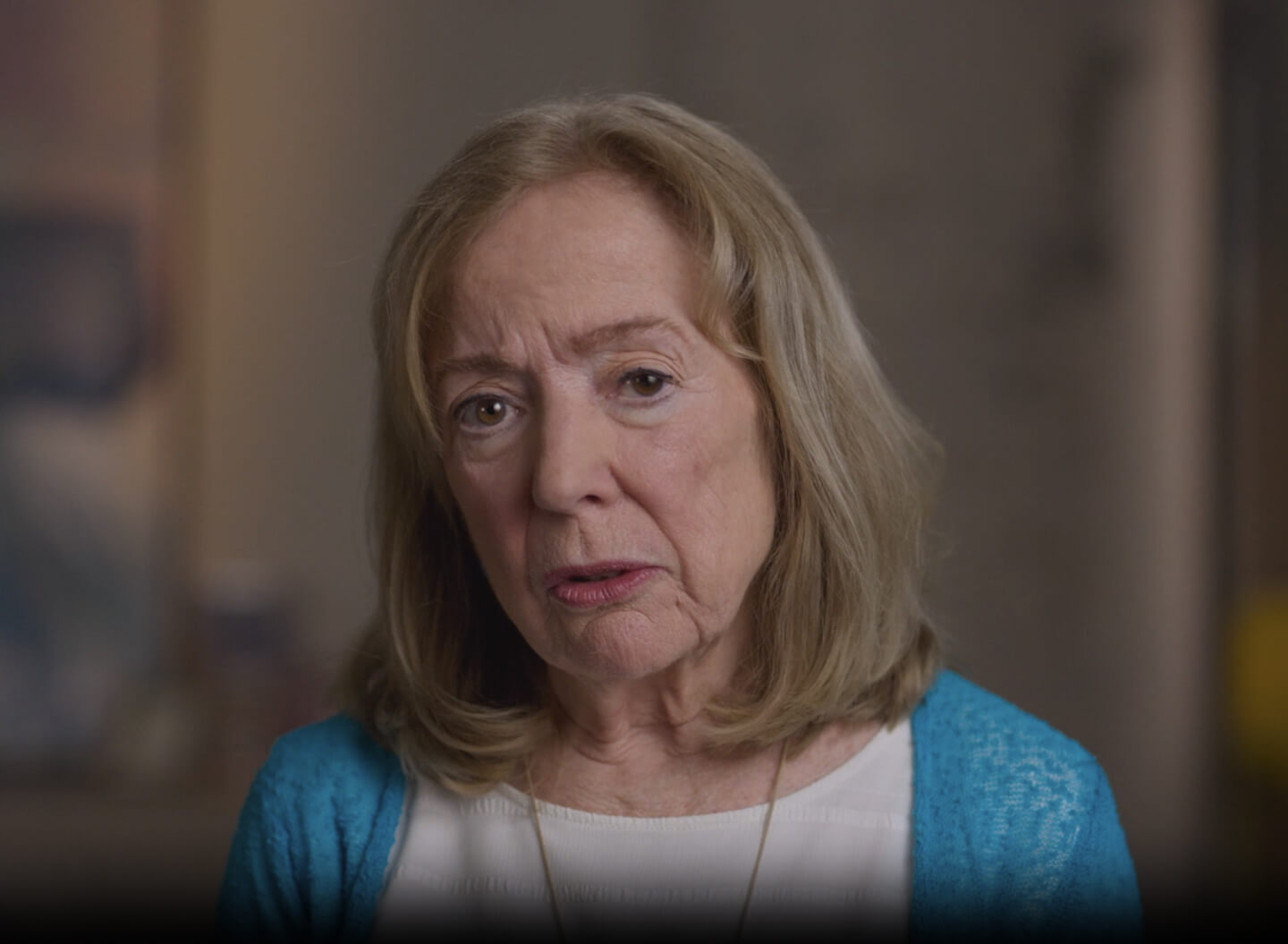
Present-Centered Therapy (PCT): Listen to how a person was helped
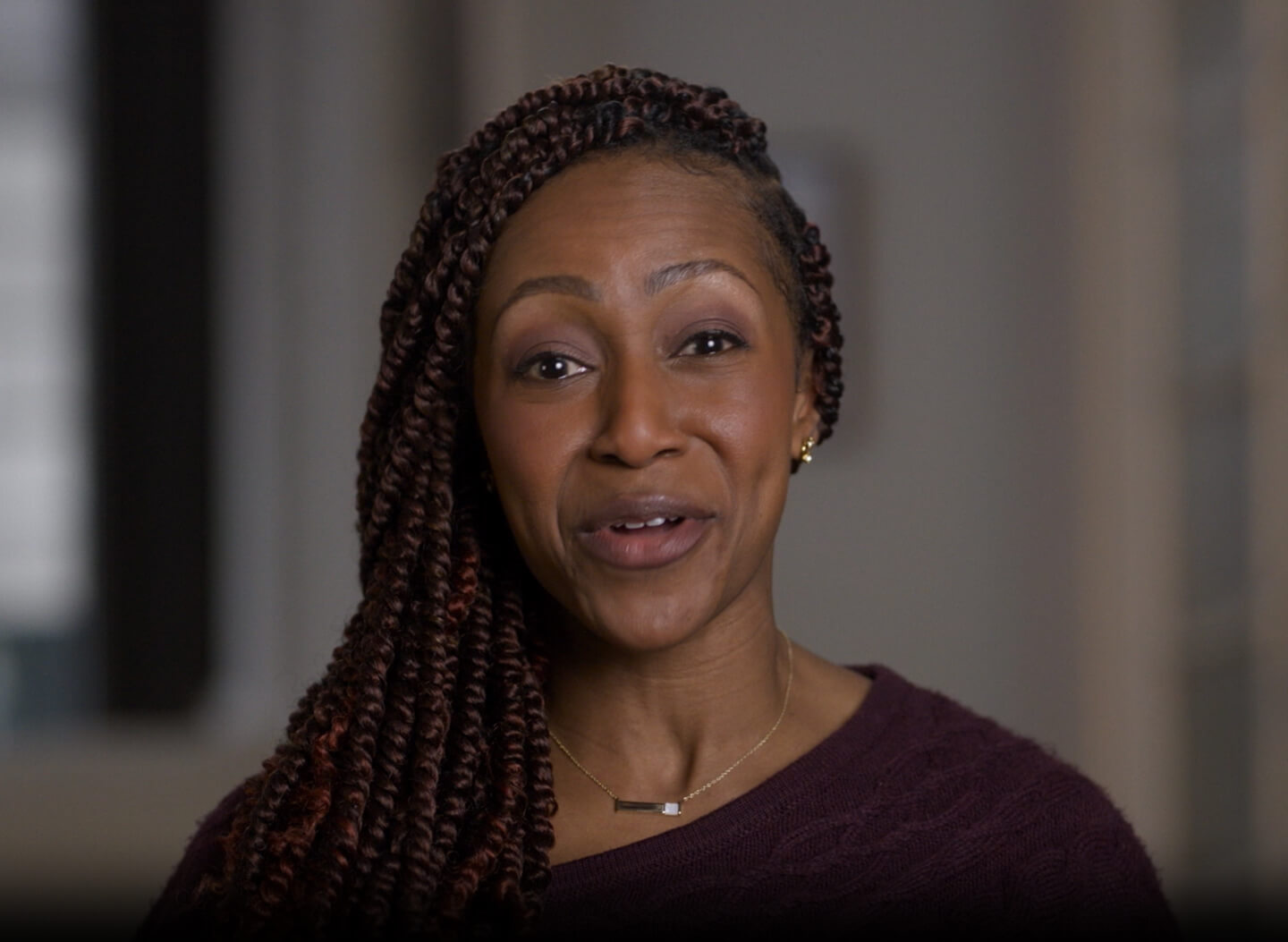
Present-Centered Therapy (PCT): Is this treatment different than just venting?
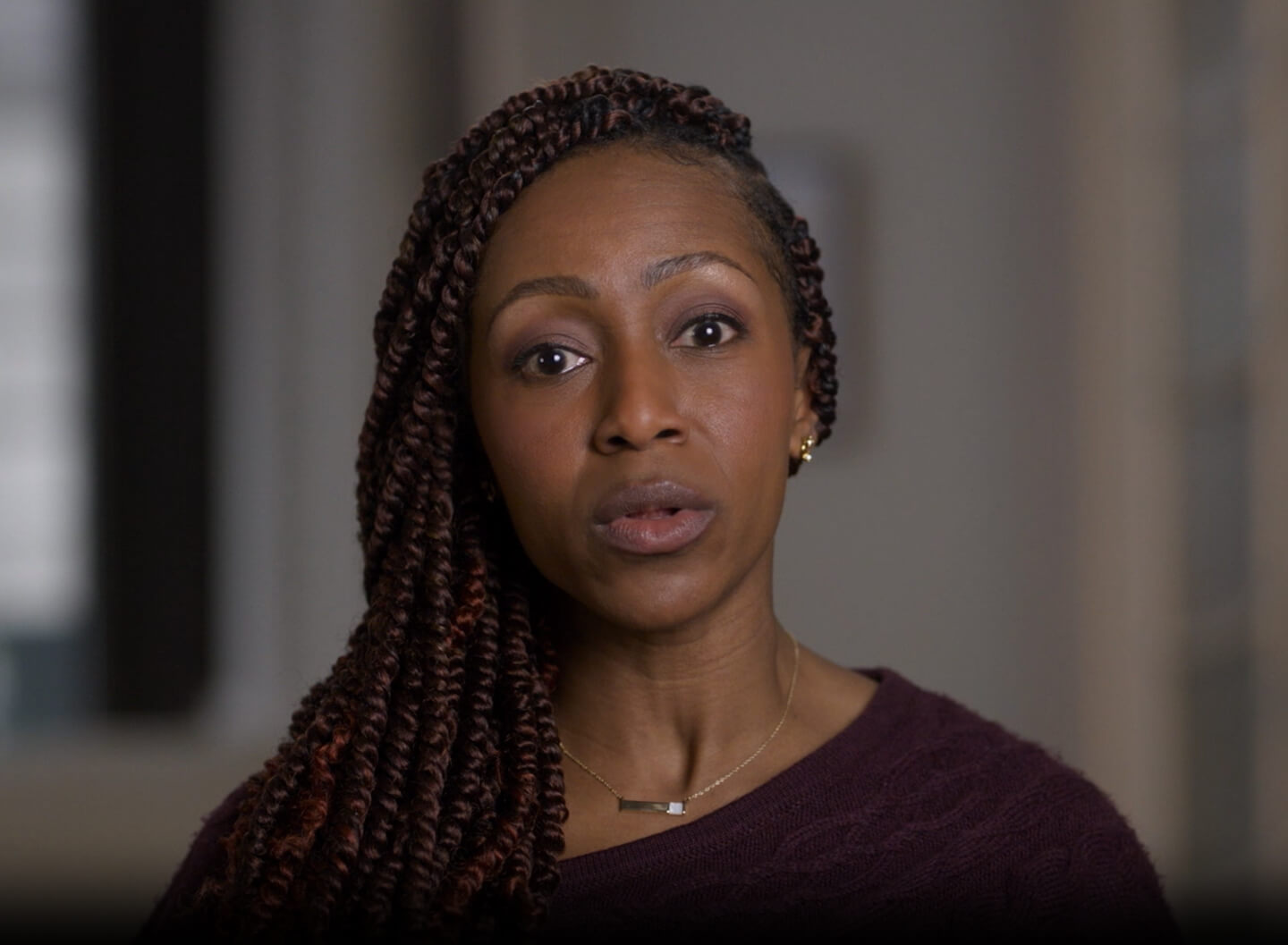
Present-Centered Therapy (PCT): What if I want to talk about the past?
Footnotes and list of studies
* What do these figures mean?
The yellow figures represent the number of people who will have a meaningful improvement in symptoms. This was measured by seeing how many people no longer have enough symptoms to meet criteria for PTSD. They may still have some PTSD symptoms, but in most cases these symptoms will be manageable and will not occur very often. When someone no longer meets criteria for PTSD, they usually will notice a big difference in their ability to engage in and enjoy life.
The blue figures represent the number of people who will not recover from PTSD, meaning that they will still have enough symptoms to meet criteria for PTSD. Some of these people will notice an improvement in their symptoms, but they will still have PTSD.
** How did we calculate this number?
To see how helpful treatments are, the PTSD Treatment Decision Aid shows how many people improved after getting a treatment. If people improve enough that their symptoms no longer meet criteria for a diagnosis of PTSD, this is called “loss of diagnosis.” To estimate how many people would have a loss of diagnosis after each treatment, we gathered data from studies of the treatments included in the PTSD Treatment Decision Aid. We only included studies that were large, compared the treatment to another treatment, and used clinicians to assess whether patients had PTSD. We included only those studies that reported how many people lost a diagnosis.
Some of the studies included comparison groups who did not receive treatment. We used data from those groups to estimate how many people lost their diagnosis without treatment.


